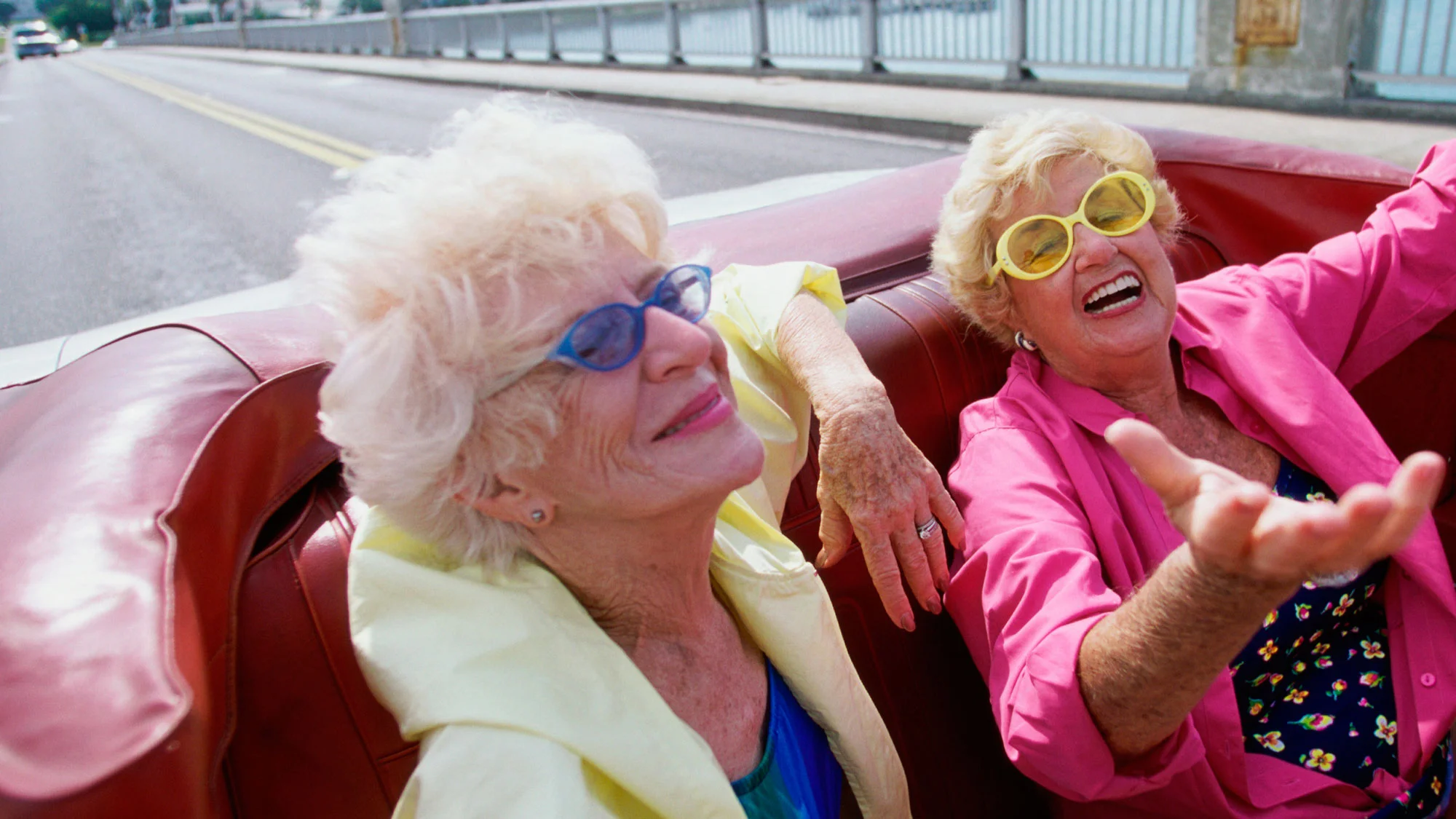I began my life in health innovation some thirty years ago as a premed student studying genetics, and remember learning about telomeres after they were first discovered some years before. The first medical training project I developed was on the physiology of ageing and Professor Leonard Hayflick was our advisor; he discovered that cells are not immortal but replicate a finite number of times, reaching the ‘Hayflick limit’, before they die (this phenomenon is known as ‘apoptosis’, or programmed cell death).
Since then, a lot more is known about telomeres and their relationship to the ageing process. In 2009, Blackburn, Greider and Szostak received the Nobel Prize for the discovery of how chromosomes are protected by telomeres and the enzyme telomerase. Simply put, if the telomeres are shortened, cells age. Conversely, if telomerase activity is high, telomere length is maintained, and cellular ageing is delayed.
A recent paper in the Journal of Aging(click here) suggests it is a bit more complicated however. A new concept has opened up, ‘telomere stability’, a quite different concept from telomere length. Improving the activity of telomerase enzyme -that can add length back to shorter telomeres, and, in the meantime, protect longer telomeres to ensure stability- seems a way to actually turn back the biological clock.
I went to the Wired Health event recently and there was a great array of speakers and talks- on everything from artificial intelligence to precision medicine to music and psychedelic drugs- but there was one talk on ageing, given by Elizabeth Parrish, CEO of BioViva (a biotechnology company specialising in treatments to slow the ageing process), that left me feeling both uneasy but fascinated in the same breath as it looked specifically at gene and cell therapies to ‘cure’ ageing.
You guessed it, telomeres were at the heart of the solution to ‘cure’ ageing. I was fascinated as a genetics enthusiast but uneasy about the idea of tinkering around with the normal process of ageing at a cellular level. Elizabeth said she was taking the gene therapy herself as the first person (‘patient zero’) to take it in human testing. Impressive evidence was shown (click here) of her telomeres having lengthened, with positive effects on her muscle mass.
I questioned myself why I felt uneasy and I realised that my first reaction was similar to what I feel about the idea of using Botox to treat wrinkles- why worry about ageing when it is a ‘normal’ cellular process. Isn’t it just vanity that makes people reach out for Botox? Shouldn’t we think about the other more important things in life that will make our lives better as we get older? Like friends, family, and finding our life passions and paths to happiness?
The scientist in me realised that it wasn’t as simple as that. And Elizabeth had a good point- why should we live our older years in continual physiological and cognitive decline when science is giving us the tools to postpone the effects of ageing? I had been equally fascinated by the philosophies of Aubrey De Grey, pioneering biomedical gerontologist, speak recently how we can interrupt the processes of all chronic diseases on the ageing continuum.
Reading the book The 100 Year Life made me think more about this. Accelerating advances in science and better healthcare are prolonging our lifespans -with kids born today easily living to 105 or even longer. Yet our society, culture and systems to cater for a growing ageing demographic are not moving nearly as fast which risks making our lives more and more bleak as we get older, with the need to work longer to finance a retirement with our older years increasingly blighted by frailty and loneliness.
So maybe the solution is, well, just to stay young until you decide to switch the button to death (and hopefully be in control to make it a ‘good death’- a rather nice finish to a good life)?
Following the Wired Health talk, I spoke to lots of people about their views on ageing. I have been recommended all sorts of therapies, pills and solutions from natural bio-identical hormone treatment to yoga that will make you feel more energetic, less stressed and refreshed, with the result of feeling younger.
Sure enough, as you delve deeper, you find that all have their merits and the real answer is not clearcut. I couldn’t help but look at the role of stress on ageing, with most of us leading very stressful lives, including myself. Turns out there is abundance of literature on the role of stress in ageing.
A wide range of studies (click here, here and here ) have shown that stress is associated with indicators of accelerated cellular and organismal ageing, including telomere length and telomerase activity. Other lifestyle factors play a huge role too (see here). Obesity, insulin resistance and cardio-vascular disease processes which are related to oxidative stress and inflammation, have all been linked to shorter telomeres. Smoking, exposure to pollution, lower physical activity, psychological stress, and unhealthy diet significantly increase the oxidative burden and the rate of telomere shortening too.
So, what a better way to counteract the ‘biological clock’ by reactivating telomerase through stress reduction, diet and lifestyle interventions?
Sure enough, specific lifestyle behaviours that can mitigate the effects of stress are associated with longer telomere lengths. For example, studies have shown that people who lower stress levels through yoga have longer telomeres (click here and here and here and here ).
What has this led me to conclude? I think I might try yoga first before resorting to gene therapy, but I will follow Elizabeth Parrish’s journey with interest! The geneticist in me shall forever remain curious, but for now, I shall roll out the yoga mat and learn to breathe like the yogis do.



